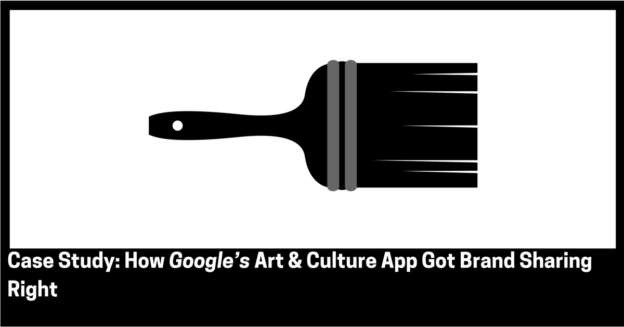Google recently released the Arts & Culture app.
I’m not into Arts & Culture enough to download an app.
So how did I find this app and come about to writing about it?
Friends were sharing their selfie that was attached to a picture of a doppelganger located in an art museum somewhere around the world on their Facebook page.
Google’s Arts & Culture app allows users to take a selfie and through artificial intelligence find visually similar portraits in art collection and rank them by percentage similarity.
Then the app allows you to share the combined photo on various platforms.
Why Facebook?
Facebook ticks of many motivators for sharing because it has a viral effect:
- Make them look good.
- Entertains their friends; and
- Helps define their identity.
The technology in itself is impressive, but so is the way they utilised Brand Sharing.
Brand Sharing has 3 elements:
- Timing;
- Location; and
- Request.
Let’s explore how Google has utilized this….
1) Timing
The timing occurs when the user is in a positive mood after discovering a similar doppelganger.
Those who don’t, won’t share.
2) Location
The location occurs, in-app after discovering a similar doppelganger.
3) Request
The request is:
- Organic;
- Non incentivised;
- User-generated content and communication; and
- Viral (newness, interest, uniqueness and humour).
By simply using the words “Share” under the doppelganger.
All of this is designed for users to click on the content sales script.

